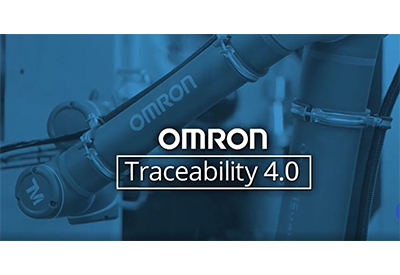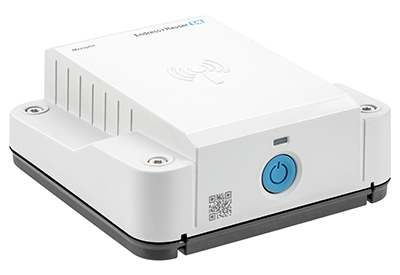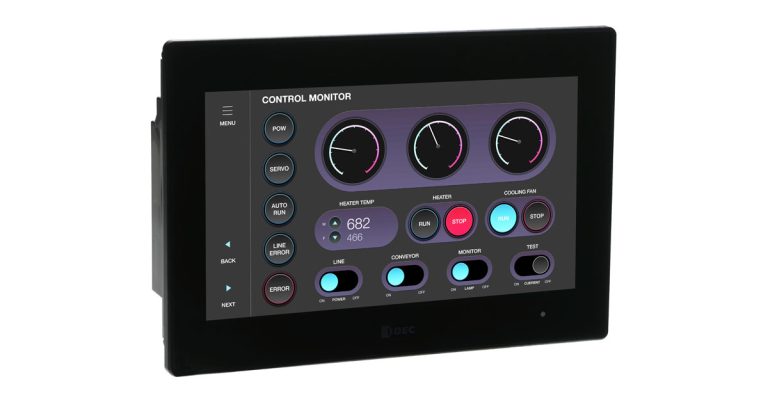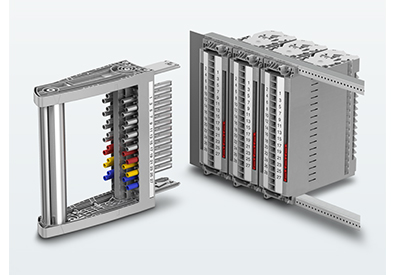Streamline Your Production With a Robust System That Tracks Works-in-Progress in Real Time

March 24, 2021
Traceability is vital for protecting your brand, and it can also provide valuable information for improving your processes. Omron use their vast experience in track, trace and control to help manufacturers in the pharmaceutical and biomedical industries build robust systems that ensure quality while boosting productivity.
Whether you’re seeking a solution for regulatory compliance (DSCSA), quality control, process improvements or something else, Omron believes in the importance of keeping you up to date on the latest traceability-related challenges and best practices.
There are two ways traceability can be applied within the supply chain:
- 1. External traceability implies all traceable components must be uniquely identified and the information shared between all parties in the supply chain. Unique product identifiers must be communicated to the supply chain via product labels and related electronic documents. This links the physical products with the information necessary for traceability.
- 2. Internal traceability implies that processes must be maintained within a company to link identities of raw material inputs to those of finished goods. When a material is combined with others and then processed, reconfigured or repacked, the new product must have its own unique product identifier. The linkage between the new product and the original material inputs must be maintained for traceability.
This solution will:
- – Facilitate compliance with regulations like DSCSA, to help prevent government action
- – Identify contaminated or compromised products before they reach the market, protecting your brand and maintaining consumer confidence
- – Reduce waste by indicating which products are affected, allowing for recall of specific batches instead of entire lots
- – Ensure that information contained in a SKU matches the final contents
- – Protect against indirect costs of a product recall such as negative publicity
- – Provide information on the composition, origin and handling of products
- – Minimize liability by showing precisely which supplier shipments were received and where the raw material inputs were incorporated into processing
















